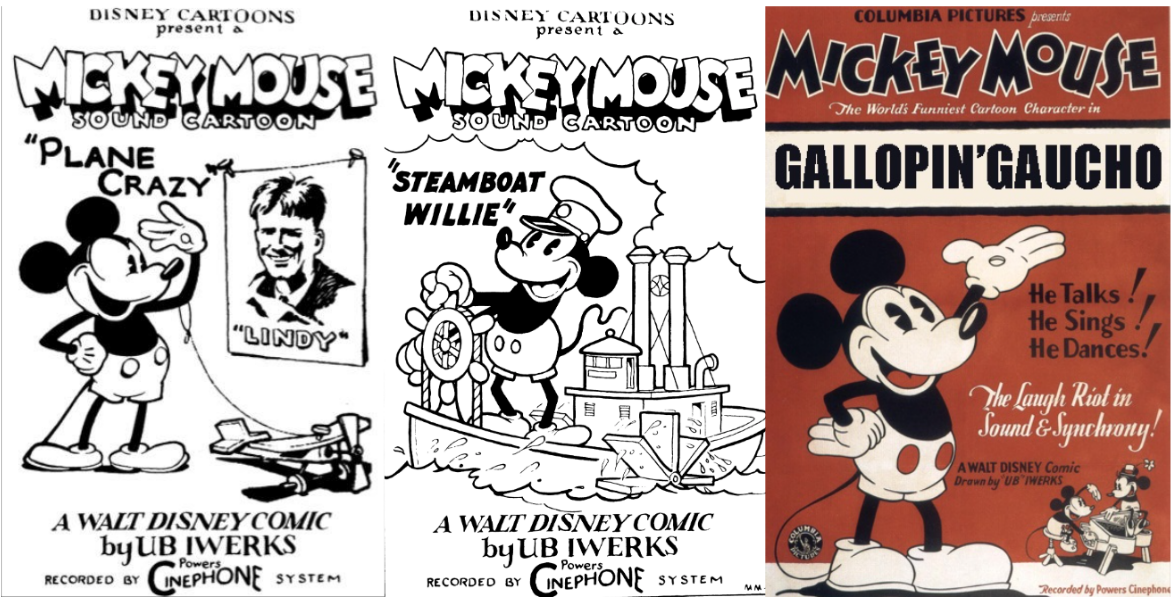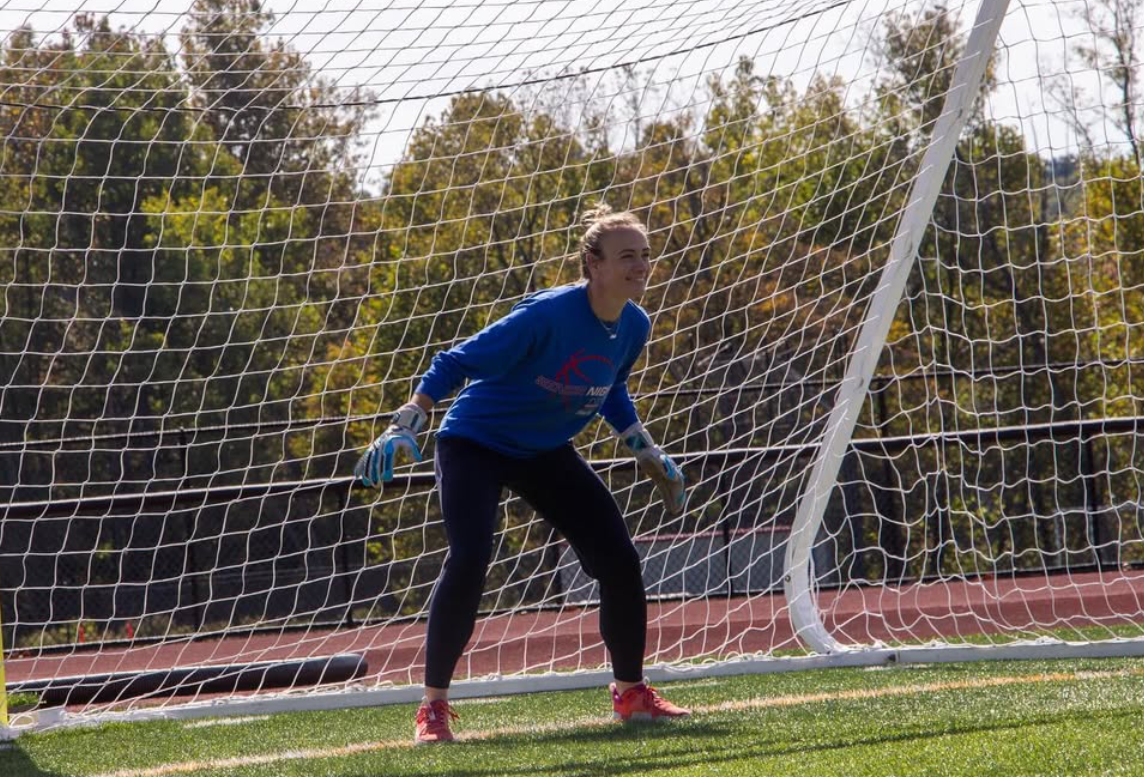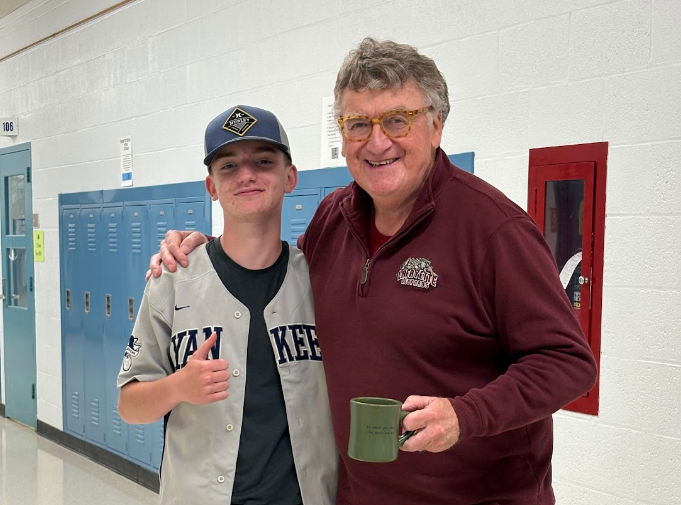In the last 10 years, there has been an increasing consensus that Walt Disney Studios, once a beacon of imagination and storytelling for so many people, has now fallen into a state of repeating the same popular characters and stories over and over again rather than telling new stories.
This overall shared agreement on the issue was worsened recently when Disney announced “Toy Story 5,” “Frozen 3,” “Moana 2,” and “Zootopia 2” all sequels to extremely popular 3D animated Disney films, with nothing overtly original on the horizon. This comes after many live action/computer animated remakes of various legacy films, and new projects that failed to take off in the same way as previous works.
Additionally, Pixar, once an icon of the movies in the 1990s and 2000s, has now found themselves on a series of box office duds and movies sent directly to the streaming service Disney Plus before they could ever reach the cinema.
That’s gotten people thinking about what makes Disney so great, when they made their best work, and what exactly has caused this downturn in success and quality since 2019, both in movies and their other entertainment experiences.
“I took my children to Disney for the first time this year,” said Nonnewaug social studies teacher Rebecca Trzaski. “I was shocked at how packed it was. I think a lot of people yearn for a simpler time and for many that is what Disney offers them — a happy ending, always.”
“I think Disney’s best era was the renaissance era (1990s) because the movies in it truly showed the essence of Disney as a whole,” said Nonnewaug sophomore Faith Lally. “There were so many epic movies made in this time, including The Lion King, Aladdin, Mulan, Hercules, Hunchback of Notre Dame, Tarzan, The Little Mermaid, and, my personal favorite, Beauty and the Beast.”
In time before streaming services, theme parks, before Marvel, Pixar, or anything else, there were two men, a Mouse, and a dream.
Walt Disney and UB Iwerks, after years of experimentation and failure all through the early to mid 1920’s finally found their first success in “Oswald The Lucky Rabbit” a popular short film series which they made for Universal Pictures. Universal however wanted to slash Walt’s pay, and signed off nearly all his animators to work for Charles Mintz at Universal Studios. Walt and UB, defeated once again after their first big break, brainstormed a character who had all the right traits, and they had complete creative control over, that being Mickey Mouse.
Disney, ever an innovator with his art, added a new process of synchronized sound being added to film strips with the first Mickey Mouse cartoon released, “Steamboat Willie.” While not the first cartoon to ever use the process, it was a massive success for Disney and essentially created the modern animation industry we see today with studios like Warner Brothers and Universal creating their own Cartoon series in the wake of Mickey’s rise to stardom. Without Mickey we wouldn’t have Bugs Bunny and Daffy Duck, Tom and Jerry, we wouldn’t have the Flintstones, SpongeBob, The Simpsons, any of that, because it all stems back to popularization of animation as a real industry that Disney’s sound cartoons caused.
This innovation in filmmaking would become a standard for Disney going forward, with the money gained on the first few Mickey Mouse cartoons allowing them to fund a second companion series called the “Silly Symphonies”, which didn’t have a central character, and instead focused on singular scenarios using music to drive the action rather than dialogue or narrative. Many of these shorts were also based on old fairy tales and books, something which would also become a Disney mainstay.
The most important element of the Silly Symphonies was how they allowed Disney’s animators and artists to experiment with new technical processes and visual directions without needing to follow a specific style. This can best be seen with 1932’s “Flowers and Trees”, the first theatrically released short film in full color, which focused on making detailed forest landscapes while keeping the characters abstract. Later films continued to push the envelope like “The Old Mill” from 1937, which introduced UB Iwerks’ “Multiplane Camera” system, allowing for multiple layers of background artwork to be shifted and zoomed into, adding to the immersion of the world.
Mickey also wasn’t out for the count, having his Cartoons continue in black and white until 1935, with “The Band Concert” being the first in Color for the series. By 1938, secondary characters like Donald Duck and Goofy would all have standalone cartoon series alongside Mickey’s solo outings, with some cartoons even teaming the characters up as a sort of comedy trio such as 1935’s “Mickey’s Fire Brigade” or 1936’s “Moving Day.”
All of this artistic improvement over that decade allowed Disney to do something never thought viable or possible in the industry, full length animated feature films. All the improvement and experimentation led to two major films, Snow White and the Seven Dwarfs in 1937, and Fantasia in 1940.
Snow White explored far more humanistic animation, employing new techniques such as human reference footage to learn the movements and expressions of more realistic characters, and using the recently minted multiplane camera to immerse viewers in a breathtaking fairytale world like nothing people had ever seen, one with a genuine story to tell and characters with wants and aspirations. People at the time thought the idea of a fully animated film was absurd, with many detractors of the time calling it “Disney’s Folly,” but when it released in 1937, it became one of Disney’s biggest successes, and proved that animation could hold the attention of an audience it it had a compelling narrative or visual presentation.
Fantasia by contrast, was a musically focused film, with no connected storyline by having its visuals presented into eight individual short segments each featuring a different classical music piece. The film acts as a culmination of everything the animators at the studio have learned in the decade before its release, trying many new art styles and means of storytelling through its various segments. It was also initially created to reinvigorate public interest in Mickey Mouse, who’s popularity began to slip by the end of the 1930s.
Fantasia wasn’t a financial success, sadly enough. Due to World War II breaking out in Europe, along with the expensive “Fanta-sound” audio system that only a select few cinemas in America could afford at the time. But in spite of that, the film was recognized in the long term for its artistic visions and use of timeless music to convey its strong ideas and tones. Additionally, Mickey Mouse’s design from this film, being the red robe and blue pointed sorcerer’s hat outfit became iconic with Disney’s brand going forward, including on the Disney Channel in 1983, the nighttime theme park spectacular “Fantastic,” which brought many ideas of Fantasia into the real world, and has been open at the Disney Parks in 1992.
Disney would continue on following the War, with many more features and cartoons after that. But, debatably, outside of films like Peter Pan from 1953, or Mary Poppins from 1964, none have been as iconic and universally recognized as Snow White and Fantasia’s take on Mickey Mouse.
In spite of all the changes in direction, priority, and general in-house talent, Oswald, Mickey, along with the many projects that sprung from their creation have allowed the studio to prosper even as Disney has gone through its many stages of prosperity and failure. Mickey also has continued to be a cornerstone of art in the modern age, and is quite possibly the most culturally significant fictional character in recorded history. Oswald also got a happy ending, being purchased by Disney back from Universal in 2003, and appearing in many new projects such as 2010’s Epic Mickey video game franchise, and as a major character in Disney’s Theme Parks.
Even if Disney’s creative output and corporate decision making skills continue to slip, we can always look to the artists that gave Disney all it’s magic, and Ub Iwerks’ little Mouse that changed the world.
“For me, sitting down and watching a Disney movie temporarily teleports you into that world. It’s like nothing else matters for that hour and a half, except pure adventure,” said Lally. “The way Walt Disney brought his brain to life through his struggles to entertain the world is so inspiring to me, and I think that is also why other people love Disney, too.”











